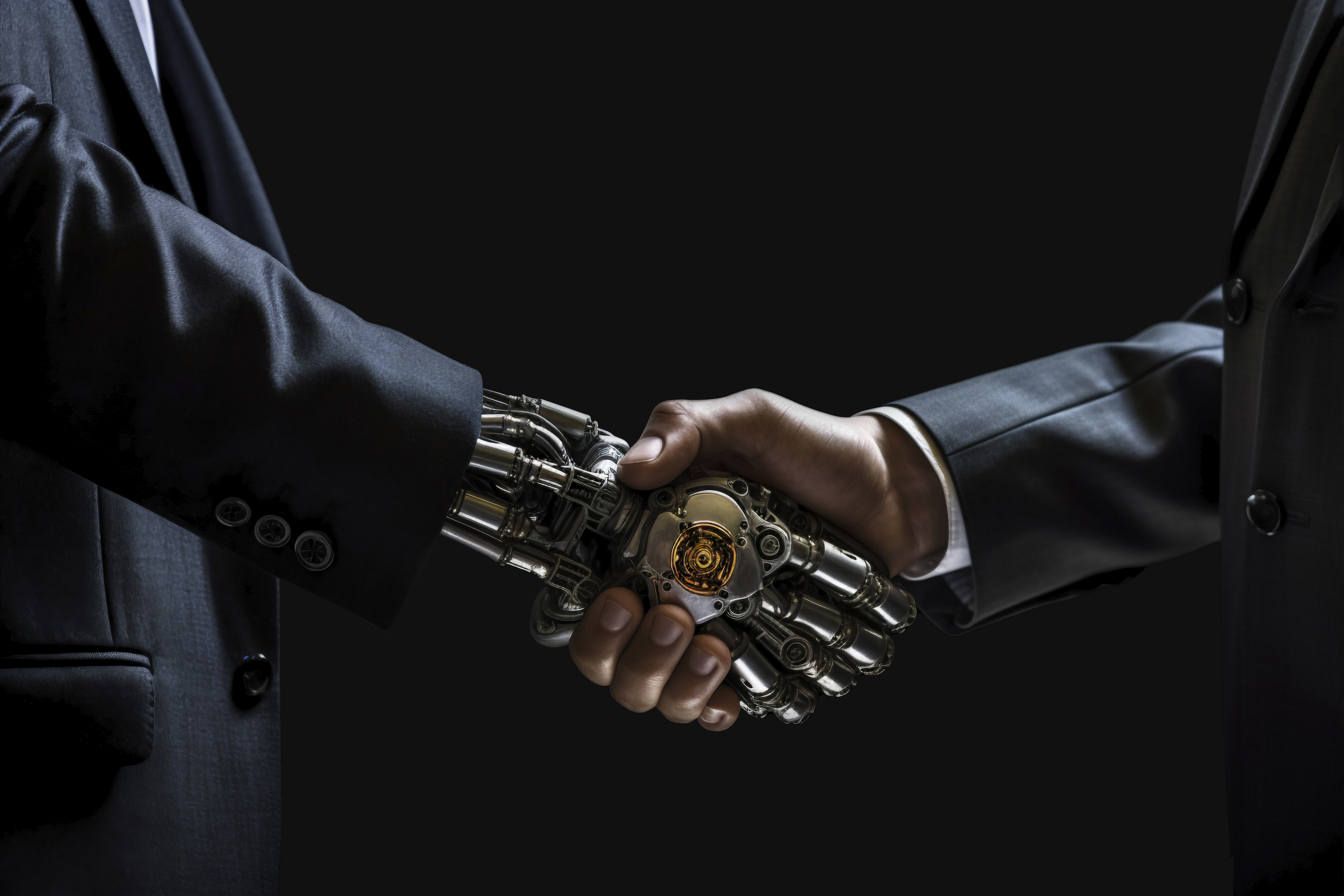Imagine a future where humans and robots work effortlessly side by side, understanding each other just like coworkers. We’re excited to be part of the FORTIS project, which is helping bring this vision to life. To achieve this valuable goal, this European Commission initiative tackles the science of human interaction, drawing on the concept of social intelligence to understand how humans communicate effectively with each other.

Source: Freepik
FORTIS relies on advanced multidisciplinary knowledge and technologies like multimodal communication, human social sciences, multi-aspect interaction analysis, and artificial intelligence to apply these interpersonal interactions into the world of human-robot interaction.
XLAB brings its expertise in human-centric computer vision into the project’s capabilities, applying it to novel manufacturing and industrial applications. Our state-of-the-art methods and algorithms play a key role in advancing digital transformation across the manufacturing sector. We’re also exploring how our natural language processing (NLP) technologies can enhance interactions between humans and machines in areas like construction, maintenance, and logistics.
“This project will bring our AI methods to the manufacturing sector, getting deeper into the paradigm of the forthcoming Industry 5.0 where humans and robots collaborate seamlessly. It will demonstrate the benefits of XLAB technologies and give us the opportunity to expand our network of partners in this industry,” explains Joao Pita Costa, XLAB Project Manager.
Over the next four years, we’ll join forces with Tecnalia, Tampere University, The Centre for Automation and Robotics (CAR) CSIC-UPM, Fondazione Bruno Kessler, INGENIARIUS, Robotnik, Factor Social, Garcia Garcia, F6S, Vias and Arcelik.
The approach adopted in FORTIS prioritizes continuous learning and improvement for both humans and robots, ensuring their collaboration keeps getting better. The solution will be tested in real-world industrial environments such as construction, infrastructure services, and manufacturing. The project’s impact is expected to reach far beyond, leading to advancements in healthcare, social inclusion and environmental protection.
“We have quite high expectations for this initiative. It leverages the incredible potential of machines while recognizing the unique abilities that humans bring to the table. We bet on the capabilities and know-how we’ve been working on for so many years now,” adds Pita Costa.








